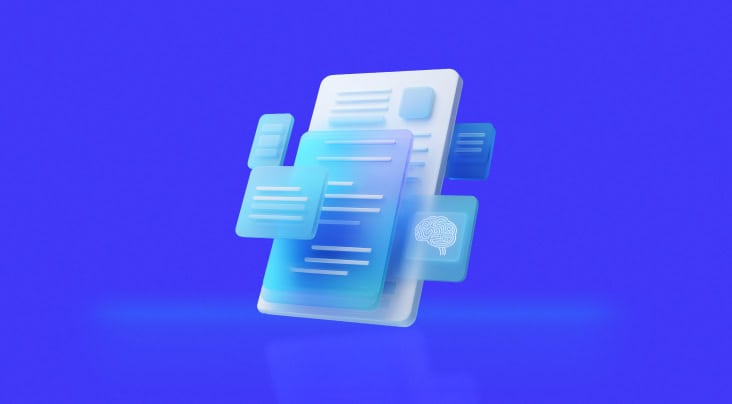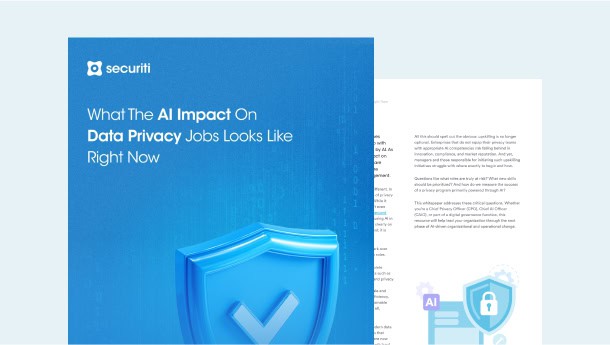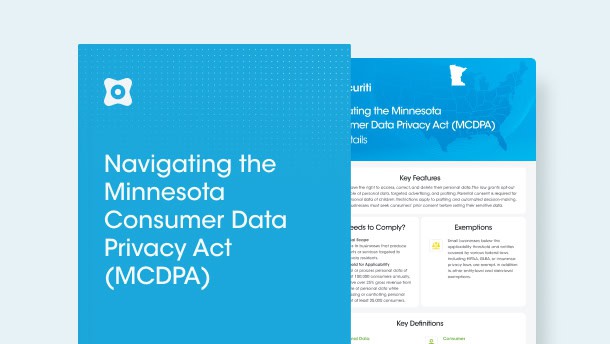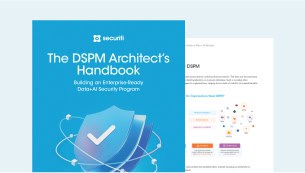Safeguarding sensitive cardholder data is not only a best practice and a requirement by modern-day data privacy laws and privacy frameworks but also an absolute necessity in the ever-evolving world of digital transactions.
This guide bridges the gap between the multifaceted compliance levels of the Payment Card Industry Data Security Standard (PCI DSS) and explores the intricacies surrounding compliance levels 1 through 4, equipping organizations with the expertise required to navigate the complex PCI DSS framework.
PCI DSS Levels Applicability
PCI DSS levels apply to organizations involved in the processing, transmitting, or storing of credit card transactions. Organizations are categorized into levels ranging from 1 to 4, depending on their yearly transaction volume. These levels assist in customizing security requirements to the unique risk profiles of an organization.
Compliance levels can differ based on the credit card transactions of credit card companies (American Express, Discover, JCB, Mastercard, and Visa). Here's a breakdown of the PCI DSS compliance levels of Visa and its applicability:
Level 1
Organizations that process over six million transactions annually. This includes major credit card companies, large financial institutions, and other entities with substantial transaction volumes.
Level 2
Organizations that process between one and six million transactions annually. This includes mid-sized businesses with significant but not the highest transaction volumes.
Level 3
Organizations that process 20,000 to one million e-commerce transactions annually. This includes smaller e-commerce businesses with moderate transaction volumes.
Level 4
Organizations that process fewer than 20,000 e-commerce transactions and up to one million transactions for other channels annually. This includes small businesses, local retailers, and service providers.
Understanding 4 PCI DSS Compliance Levels
Gaining a sound understanding of PCI DSS compliance levels is essential to ensure the security and integrity of electronic transactions.
PCI DSS Compliance Level 1
Within the PCI DSS, Level 1 compliance is the highest level. The following requirements are necessary for Level 1 compliance:
Annual Report on Compliance (ROC)
A Qualified Security Assessor (QSA) must conduct an annual audit of Level 1 businesses. The organization's compliance with all PCI DSS requirements is evaluated by the QSA, which then generates a Report on Compliance (ROC).
Quarterly Network Scans
Level 1 merchants are required to conduct quarterly vulnerability scans, which identify and address potential vulnerabilities in the network infrastructure.
Network Penetration Testing
Level 1 organizations must conduct and pass an annual network penetration test demonstrating a strong commitment to network security.
Security Policies and Procedures
Detailed security policies and processes must be established and implemented. This includes records about incident response, encryption, and access control.
Encryption of Cardholder Data
Cardholder data must be transmitted and stored using secure encryption protocols. This prevents unauthorized access to sensitive data.
PCI DSS compliance level 1 requires strong commitment and can be resource-intensive. Ensuring compliance is necessary to provide the highest level of security when processing credit card transactions, minimizing the risk of data breaches and unauthorized access to sensitive financial data, and protecting both organizations and their consumers.
PCI DSS Compliance Level 2
Organizations categorized as Level 2 entities are essential to the payment card ecosystem and enhance industry security through their compliance initiatives. Key features and requirements of PCI DSS Level 2 compliance include:
Self-Assessment Questionnaire (SAQ)
Level 2 organizations must complete a Self-Assessment Questionnaire (SAQ) to assess and document their compliance with PCI DSS requirements.
Quarterly Network Scans
Like level 1 merchants, level 2 merchants must conduct quarterly vulnerability scans, which identify and address potential vulnerabilities in the network infrastructure.
Security Policies and Procedures
Like level 1, level 2 requires establishing comprehensive security policies and processes that address incident response, encryption, and access control records.
Encryption of Cardholder Data
Secure encryption mechanisms must be used for both data transmission and storage to keep sensitive data secure and away from malicious entities.
Access Controls
Strict access controls must be put in place. This entails limiting cardholder data access to those with a legitimate need to know and ensuring that only authorized individuals can access sensitive data.
Regular Security Training
Employees who receive frequent security awareness training are more likely to be informed about adequate security rules and procedures.
Although Level 2 compliance does not necessitate the same degree of scrutiny as Level 1 compliance, a strong security posture is still required. The aim is to safeguard the privacy and accuracy of credit card transactions while minimizing the possibility of data breaches and unauthorized access to sensitive data.
PCI DSS Compliance Level 3
Level 3 entities are crucial to ensuring PCI DSS compliance, even though their criteria might not be as stringent as those of Level 1 & 2 organizations. Key features and requirements of PCI DSS Level 3 compliance include:
Self-Assessment Questionnaire (SAQ)
Like Level 2, Level 3 organizations normally assess and record their compliance with PCI DSS criteria by completing a Self-Assessment Questionnaire (SAQ). Additionally, organizations must provide an Attestation of Compliance (AOC).
Quarterly Network Scans
Like level 1 & 2 merchants, level 3 merchants must conduct quarterly vulnerability scans, which identify and address potential vulnerabilities in the network infrastructure. This includes quarterly network scans performed via Approved Scan Vendors (ASV).
Security Policies and Procedures
Like levels 1 & 2, level 3 requires establishing comprehensive security policies and processes that address incident response, encryption, and access control records.
PCI DSS Compliance Level 4
PCI DSS Level 4 organizations do not need to submit reports on compliance (ROCs), obtain attestation of compliance (AOC) forms, or undergo audits, unlike PCI DSS levels 1, 2 & 3.
Self-Assessment Questionnaire (SAQ)
Complete the Self-Assessment Questionnaire (SAQ).
Conduct Network Scans
Scan your systems for vulnerability with a PCI SSC Certified Scan Vendor (ASV).








































